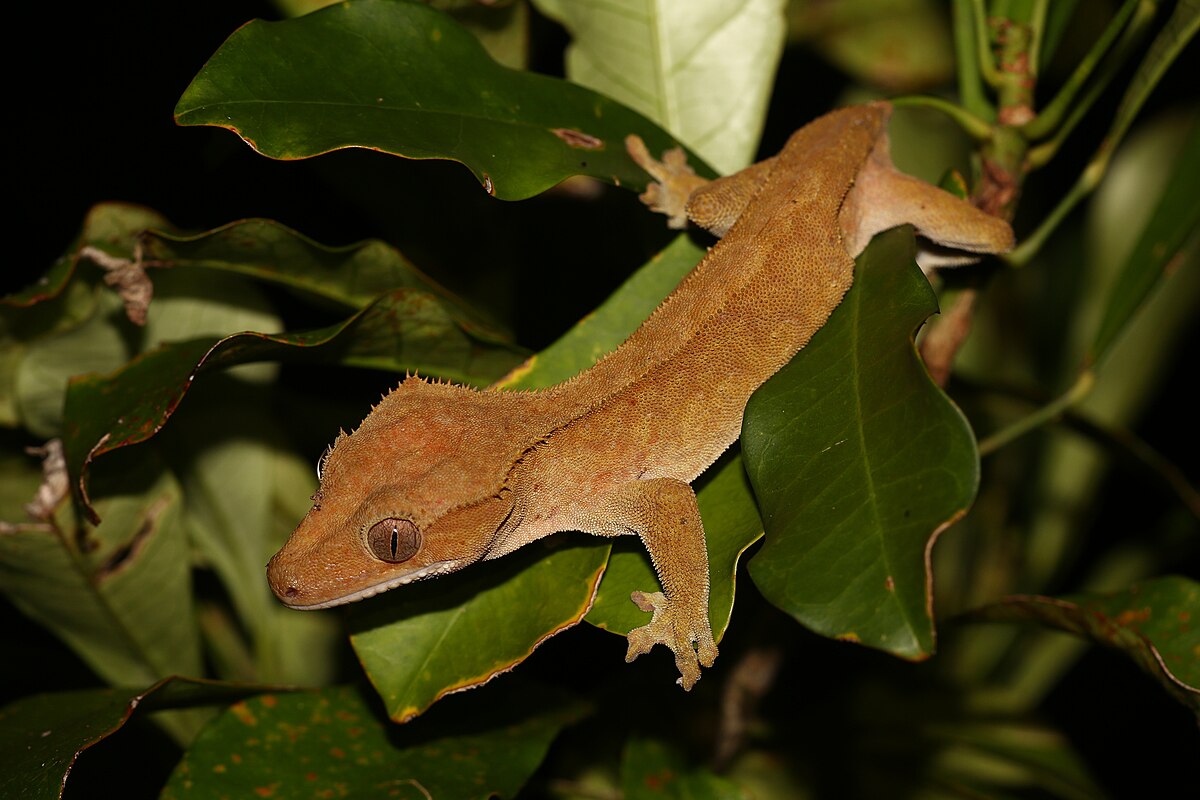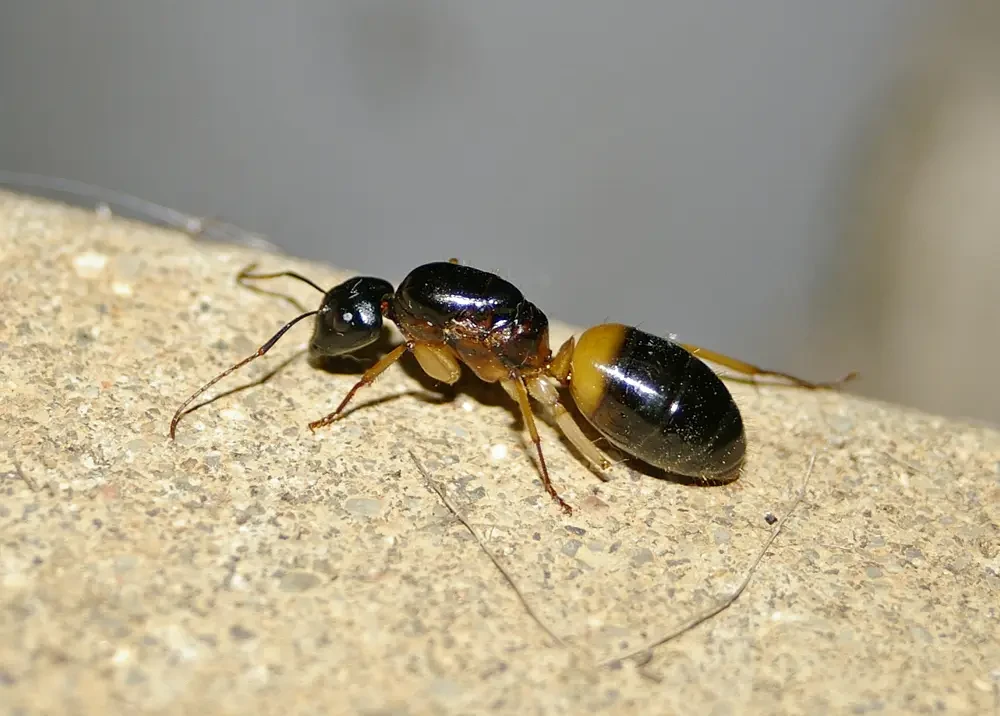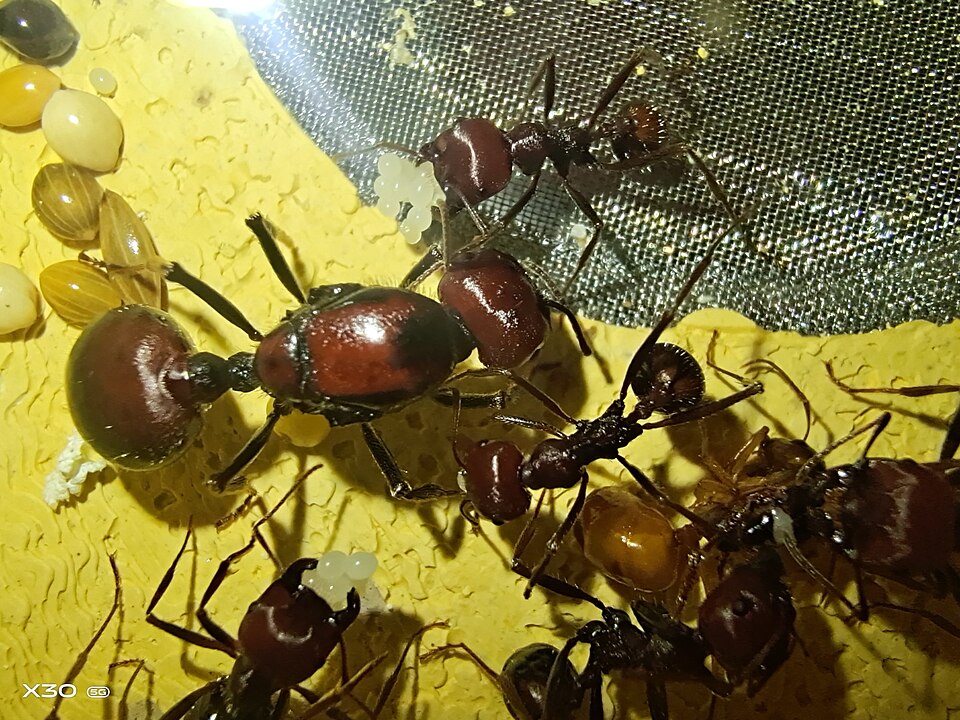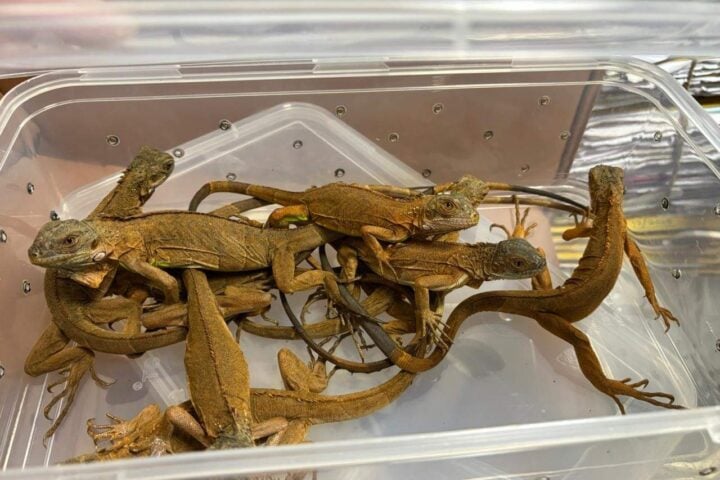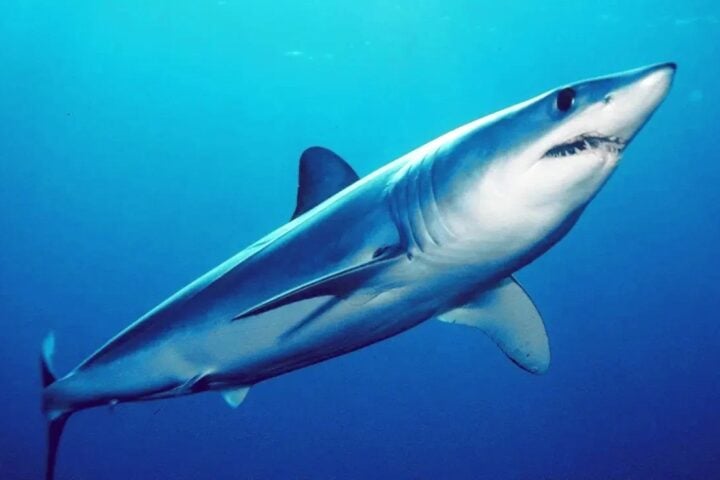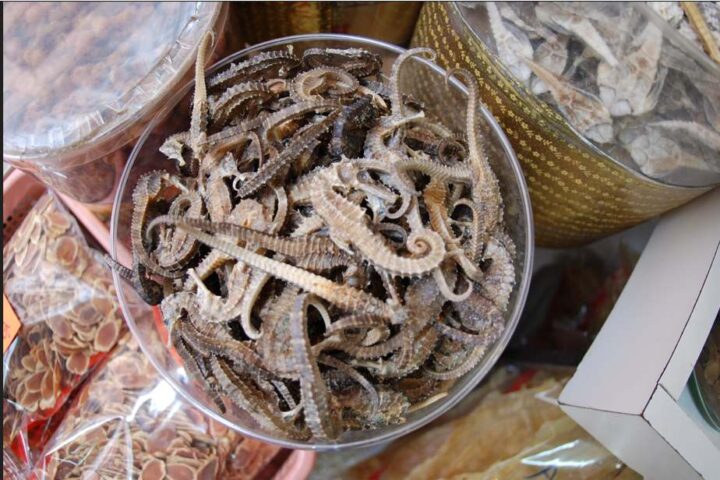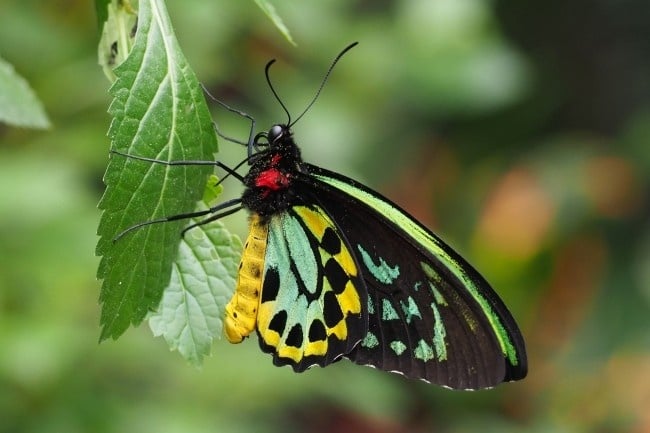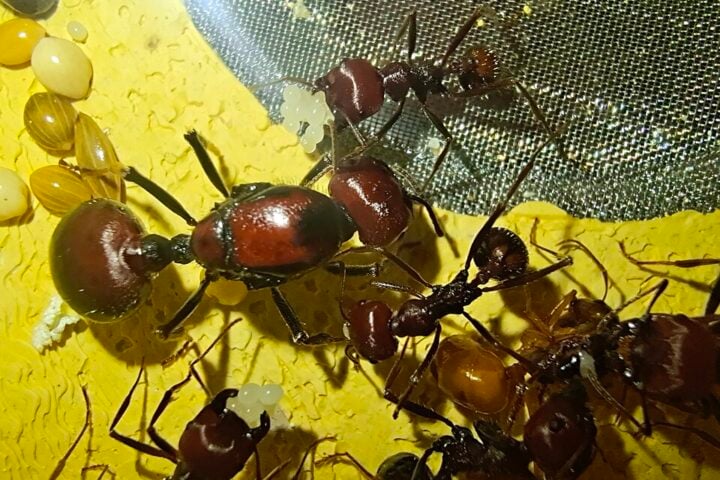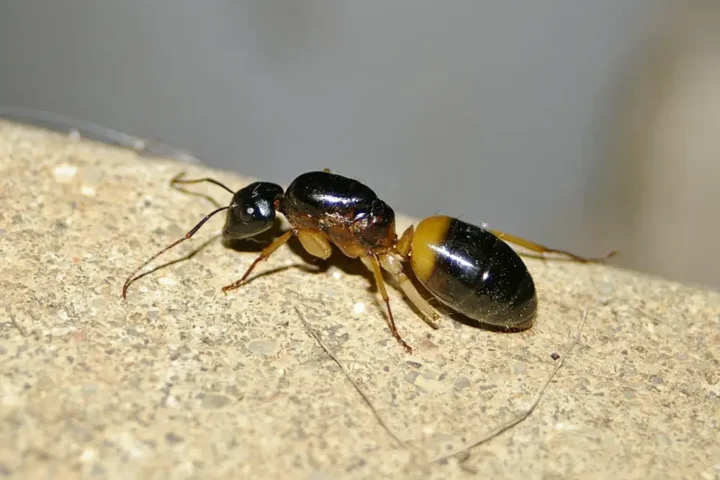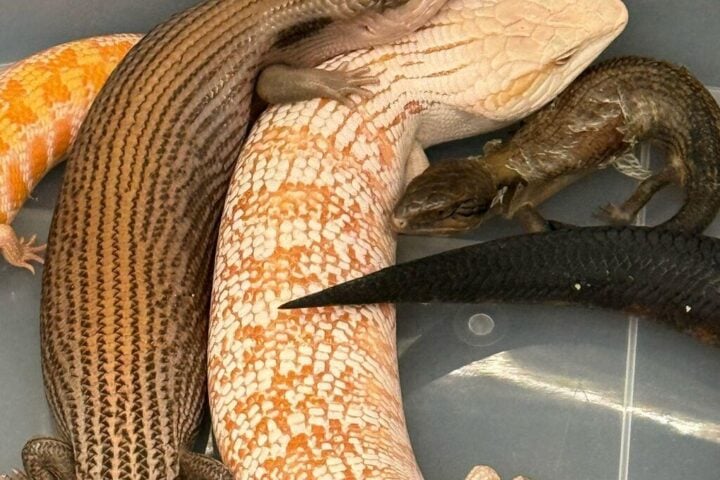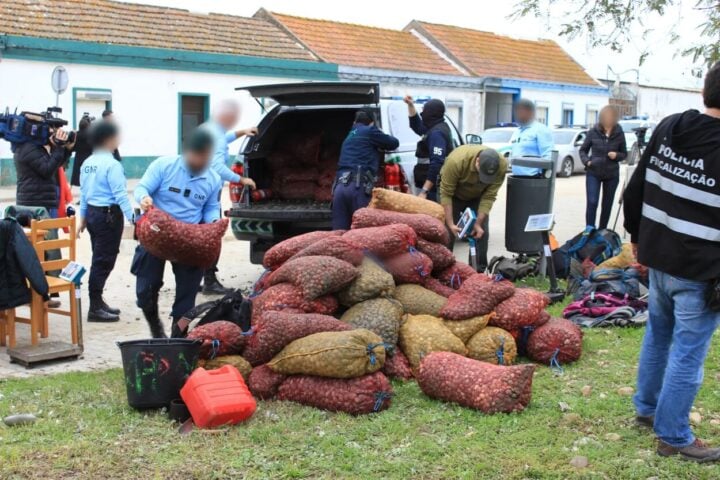Social media platforms fuel demand for New Caledonia’s extraordinary geckos, driving wild populations toward local extinctions. Wildlife traffickers target these endemic reptiles—some fetching €3,000 per breeding pair in European markets—while forest destruction shrinks their remaining habitat.
New Caledonia, a biodiversity hotspot in the South Pacific with 4,000+ endemic species, ranks among the world’s richest areas for reptile endemism.
The island’s star gecko is Rhacodactylus leachianus, measuring 14-17 inches (360-430mm) total length and weighing 212-279g, making it Earth’s largest gecko. Its prehensile tail helps navigate dense rainforest canopies where it hunts both invertebrates and small vertebrates, including birds.
R. leachianus exhibits extraordinary morphological diversity across localities. Grande Terre populations (R. l. leachianus) reach largest sizes, particularly the Poindimie type growing to 15 inches, while Pine Island variants (formerly classified as R. l. henkeli) display more dramatic coloration patterns including moss greens, pinks, and lavenders. Molecular data from mitochondrial ND2 sequencing confirms low genetic divergence between populations.
“More than 90 percent of reptile species are not even covered by CITES,” says Dr. Mark Auliya, reptile trade specialist at the Helmholtz Centre for Environmental Research. Wild collection occurs immediately following scientific description, exploiting regulatory gaps.
Conservation Status & Trafficking Routes
The IUCN classifies R. leachianus as Least Concern (assessed 2021) while the crested gecko (Correlophus ciliatus, rediscovered 1994) is Vulnerable with declining populations.
Populations near Mt. Dzumac and in Blue River Provincial Park face intensifying pressure from collectors who conduct nighttime raids using headlamps to locate geckos by eyeshine. Smugglers create false documentation or use underground shipping channels to move specimens through Asia.
Key biological vulnerabilities increase extinction risk:
- Females lay only 1-2 eggs per clutch
- Limited reproductive output (maximum 10 clutches annually)
- Delayed sexual maturity (12 months for females)
- High site fidelity to specific tree hollows
- Low population recovery from harvest
Acoustic monitoring devices detect decreasing vocalization rates in heavily collected areas, indicating population decline. A 2017 analysis of rat digestive tracts confirmed R. leachianus predation by invasive rodents—compounding the threat from collection.
Similar Posts
Habitat Destruction & Invasive Threats
Nickel mining on Grande Terre has reduced original forest cover to just 5%, fragmenting remaining gecko habitat. The little fire ant (Wasmannia auropunctata) attacks geckos in large numbers while competing for arthropod prey. Introduced deer and pigs cause erosion in key locations like Blue River Park’s 22,000-hectare protected zone.
Temperature-dependent sex determination creates additional vulnerability to climate change, with incubation temperatures between 60-80°F (15.5-26.6°C) influencing hatchling sex ratios.
Sustainability Solutions
Wildlife forensics deploying eDNA analysis can now trace seized geckos to specific locality origins, aiding prosecution efforts. Prospective CITES Appendix II listing (under consideration for crested geckos) would require export permits verifying sustainability.
Captive husbandry protocols have advanced significantly. Nutritional research reveals R. leachianus consume Cassine curtipendula fruit in the wild, informing commercial diet formulations. Proper housing requires:
- Minimum 18×18×24 in (46×46×61 cm) upright enclosures
- Temperature gradient 70-85°F (21.1-29.4°C)
- Humidity 60-70%
- Cork bark tubes mimicking natural tree hollow refugia

For pet owners, supporting ethical captive breeding reduces wild collection pressure. Reputable programs maintain genetic diversity through studbook management and locality-specific lineages.
Long-term conservation will require ecosystem-level protection integrating local communities as stakeholders in wildlife management. Through genetics-informed conservation, targeted legal protections, and consumer education, we can ensure these evolutionary marvels remain part of New Caledonia’s living heritage rather than disappearing into the global pet trade’s insatiable appetite for novelty.
